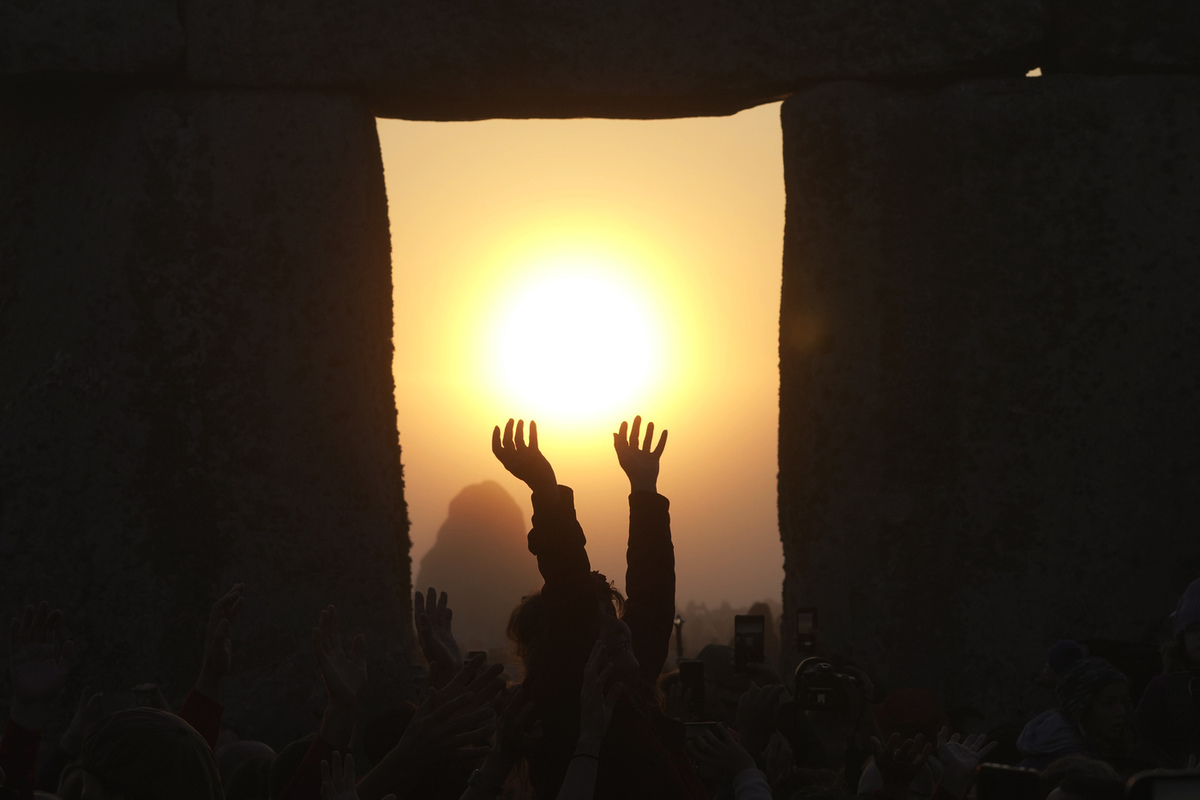Archaeologists have unearthed a mysterious “Stonehenge” in the Netherlands with dozens of human remains
[ad_1]

Scientists find 4,000 years old
Dutch archaeologists have unearthed a 4,000-year-old ‘Stonehenge in the Netherlands’. The ancient religious building contains a mound that serves as a solar calendar, as well as the remains of about 60 people.
Archaeologists have unearthed a 4,000-year-old religious structure, nicknamed the “Netherlands Stonehenge,” which includes a burial mound that served as a solar calendar.
According to Agence France-Press, the mound, which contained the remains of about 60 men, women and children, had several passages through which the sun shone directly on the longest and shortest days of the year.
The town of Thiel, where the site was discovered, posted on its social media page: “What an impressive archaeological discovery! Archaeologists have discovered a 4,000-year-old religious sanctuary at an industrial site.”
The post added: “This is the first time such a site has been discovered in the Netherlands.”
Excavations at the so-called open-air sanctuary began in 2017 in a small village located about 31 miles (50 km) southeast of Utrecht, and the results of the research were released this Wednesday.
Studying differences in the composition and color of the clay, the scientists found three burial mounds at the excavations, located several miles from the banks of the Vaal River, Agence France-Press notes.
The main mound is about 20 meters (65 feet) in diameter, and its aisles are arranged in such a way as to serve as a solar calendar. “People used this calendar to determine important moments, including holidays and harvest days,” the archaeologists said.
National broadcaster NOS added: “The hill was reminiscent of Stonehenge, a well-known mysterious prehistoric site in Britain where this phenomenon also occurs.”
The scientists also discovered two smaller burial mounds. According to archaeologists, these three burial mounds have been used as burial sites for about 800 years.
Archaeologists, according to Agence France-Press, have made another exciting discovery: a single glass bead inside the grave, which, as analysis showed, originated from Mesopotamia – modern Iraq. “This bead covered a distance of about 5,000 km four millennia ago,” chief researcher Christian van der Linde does not hide his surprise.
“Glass was not made here, so the bead must have been a showy piece, as it was an unknown material for those people at the time,” added Stein Arnoldussen, professor at the University of Groningen.
He said in a NOS commentary that the Mesopotamian bead may have been around for a long time before eventually ending up in the area around Thiel, called Betuwe in Dutch.
[ad_2]
Source link








